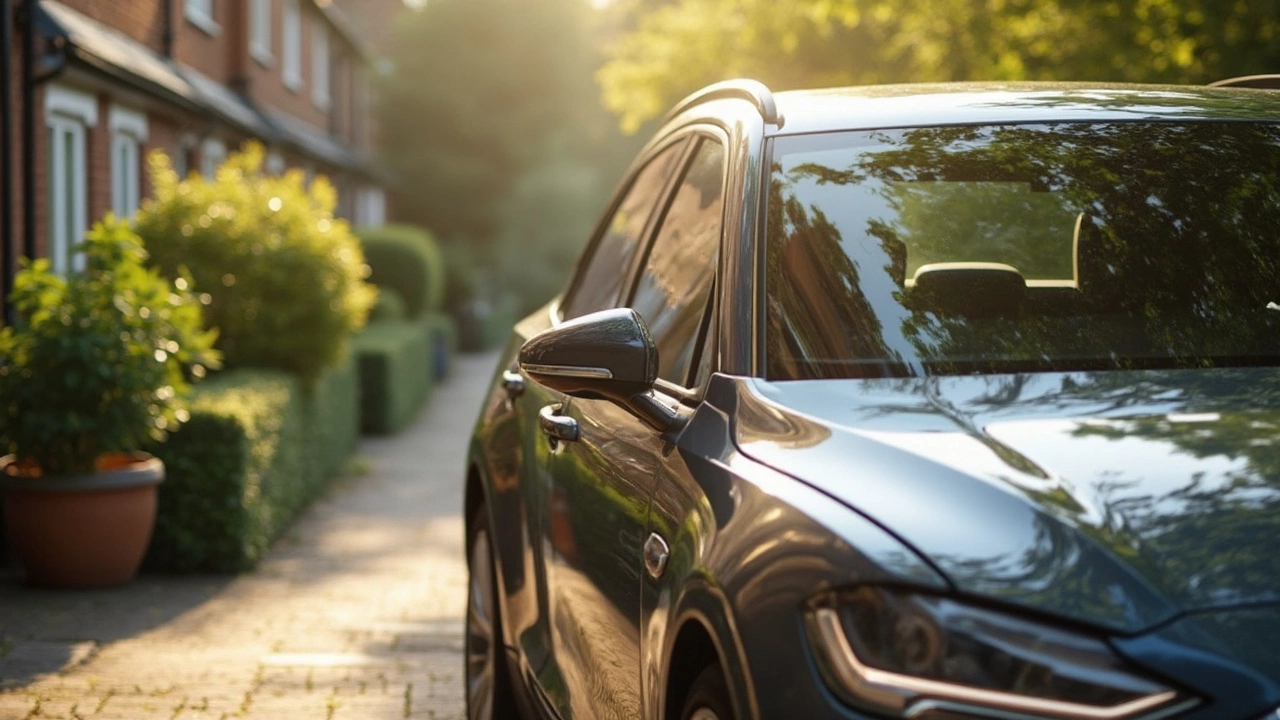If you’ve ever wondered why some cars look cooler and stay cooler, the answer is often ceramic tint. Unlike regular dyed film, ceramic tint uses nano‑ceramic particles to block heat and UV rays without messing with your signal strength. The result? A cooler cabin, less glare, and a sleek look that stays legal when you get it right.
First up, heat rejection. Ceramic films can block up to 55% of solar heat, meaning you won’t feel like you’re sitting in an oven on a sunny morning. Second, UV protection. Those tiny particles stop over 99% of harmful UV rays, protecting your skin and preventing interior fade.
Another big plus is signal friendliness. Metalized tints can interfere with GPS, radio, and cell reception, but ceramic tint lets signals pass through. That means you keep your music, navigation, and calls crystal clear while enjoying the shade.
Every region has its own Visible Light Transmission (VLT) rules. In most US states, front windows must stay above 70% VLT, while rear windows can go darker – often down to 20% or even 5% in some places. The post "Darkest Legal Window Tint" breaks down exact percentages by state, so check that guide before you buy.
After the film is applied, give it time to cure. Most installers recommend waiting 24‑48 hours before rolling down the windows. Rushing can cause bubbles or peeling. The "How Long to Roll Windows Down After Tinting?" article explains why patience pays off.
When you pick a ceramic tint, look for a reputable brand that lists its VLT rating clearly. A 35% VLT film is a popular sweet spot – dark enough for heat rejection while staying legal on most front windows.
Maintenance is a breeze. Use a soft microfiber cloth and a pH‑neutral soap. Avoid abrasive pads or ammonia‑based cleaners, as they can degrade the nano‑ceramic layer over time. A quick rinse after a rainy day will keep the film looking fresh for years.
In short, ceramic tint offers the best of both worlds: comfort, protection, and style without the drawbacks of metalized films. Pair it with a good cleaning routine, respect local VLT limits, and you’ll enjoy a cooler, sharper‑looking ride for the long haul.

Wondering if ceramic tint is really worth it for your car or home windows? This article breaks down how ceramic tint works, what sets it apart from regular tints, and why so many people are making the switch. You'll find out how ceramic tint can keep your ride cooler, block more UV rays, and even make your interior last longer. If you're on the fence about spending a bit more for ceramic, you'll get the honest pros, cons, and real-life results. Practical tips and facts included to help you decide.